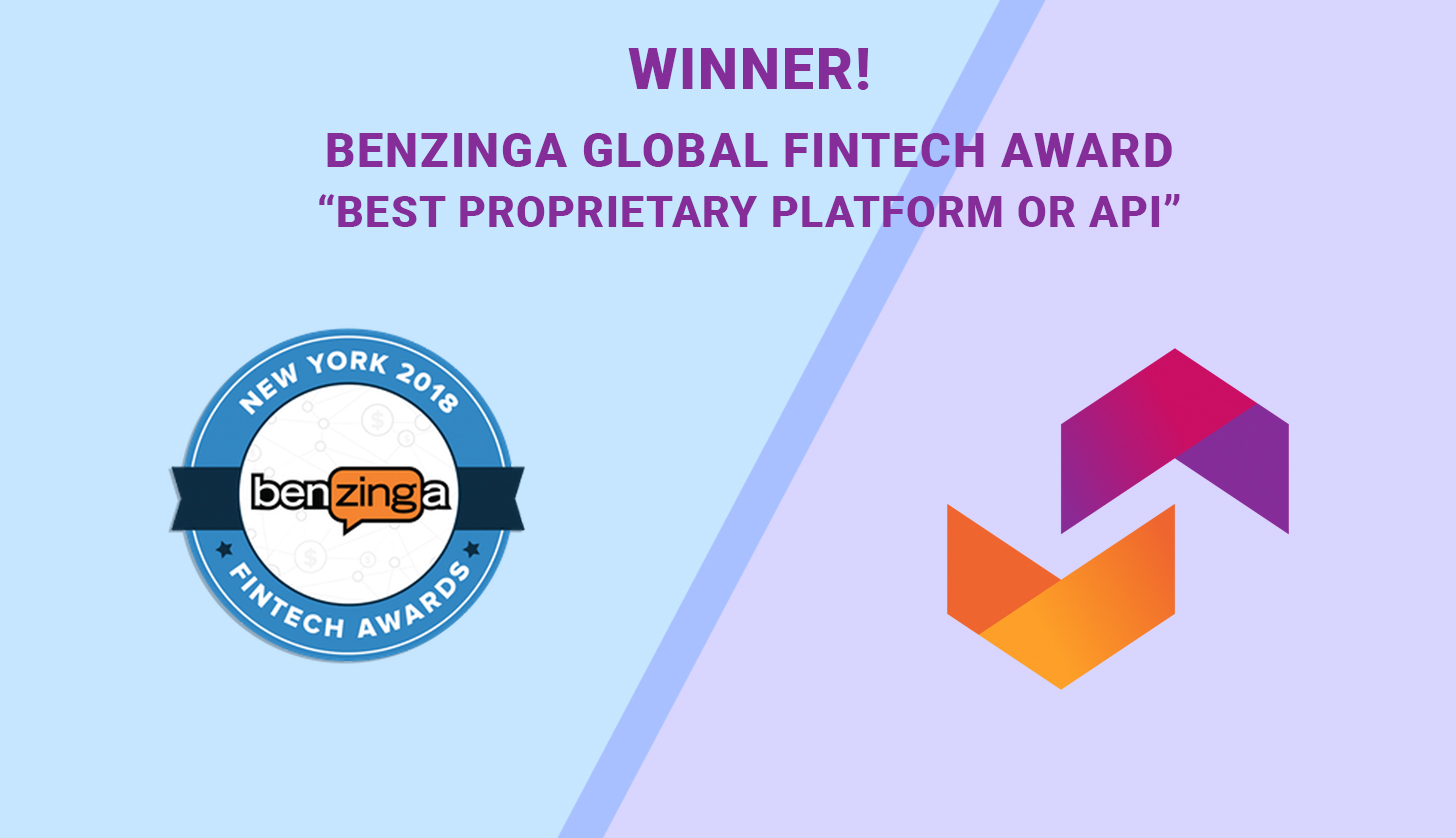By Matthew Cheung, ipushpull
In my last blog, I discussed the steps that firms can take to automate some of their pre-trade, time-critical workflows, and highlighted the advantages that such automation can offer.
However, automating these data-driven workflows in isolation within your own organisation only gets you so far. It does of course bring about some genuine efficiencies, as we’ve previously discussed. But for the industry to really move forward, we need to consider the essential role of data standardisation and automation in capital markets and generally in financial markets.
Data interoperability through open source
One area where significant progress is being made around standardisation is in the open sourcing of data platforms, allowing for data interoperability across organisations.
A real-world example of this is the recently announced launch of Legend, Goldman Sachs’ flagship data management and data governance platform, now open sourced through FINOS, The Fintech Open Source Foundation.
This is an important step for the industry, because it demonstrates how a number of leading banks (including Goldman Sachs, Deutsche Bank, Morgan Stanley RBC Capital Markets, and others) are all working together within a shared environment, to prototype interbank collaborative data modelling and standardisation.
The pilot project – initially for FX options – was to build extensions to the Common Domain Model (CDM), developed by the International Swaps and Derivatives Association (ISDA). Utilising this framework, industry participants can now use and build their own models collaboratively for a range of purposes using open-source components, and feed those back into the common standard.
In the press release announcing Legend’s launch, Goldman Sachs’ chief data officer and head of data engineering said, “We believe this new data platform is so powerful and important that we are making it available to our clients and the world fully open and free of charge as an open source platform through FINOS.”
This is a big deal, because it shows that industry competitors can actually work together to solve industry challenges. And they can do it by providing a means for market participants across the industry to collaborate and share data using standardised data models, not just in the front office, but also across the middle and back office.
A welcome development
With the current lack of common terminology and common definitions in the industry, particularly for more exotic, non-standardised instruments such as OTC derivatives, these kinds of open-source, collaborative initiatives are a very welcome development.
One of the great things about standardisation is that it makes everything easier to streamline and automate. In an ideal world, every system within every organisation would be able to read, write, and speak the same language, so that there would be no barriers; everyone would be able to seamlessly connect to everyone else, and every piece of incoming data would have the ability to automatically trigger events in connected systems.
This is in fact one of the main reasons why ipushpull exists, to give firms the means to achieve this regardless of which standards they adhere to.
But it’s great to see other examples of how the industry is moving towards this future state. And we expect to see a fairly rapid take-up of these open source standardisation initiatives, across both the buy-side and the sell-side, leading to increased automation and greater efficiencies across the board.
Find out more about Standardisation and Automation in Capital Markets, in our upcoming webinar.
On-demand Webinar & Report: Digitisation of Pre-trade Client Workflows
Learn how J.P. Morgan, Goldman Sachs, Insight Investment and TP-ICAP are approaching the digitisation of pre-trade client workflows.
Understand how market infrastructure providers like CurveGlobal, Symphony and ipushpull are facilitating this by improving price discovery and building liquidity through standardisation, automation and live data.






